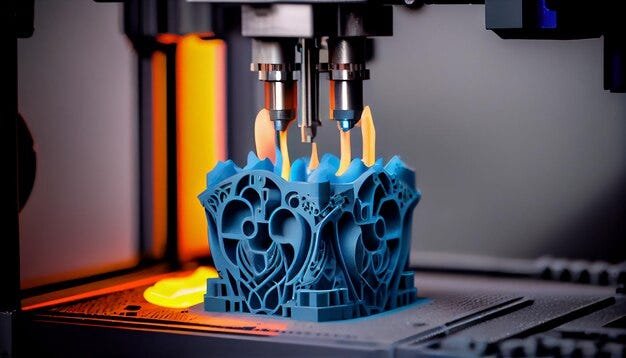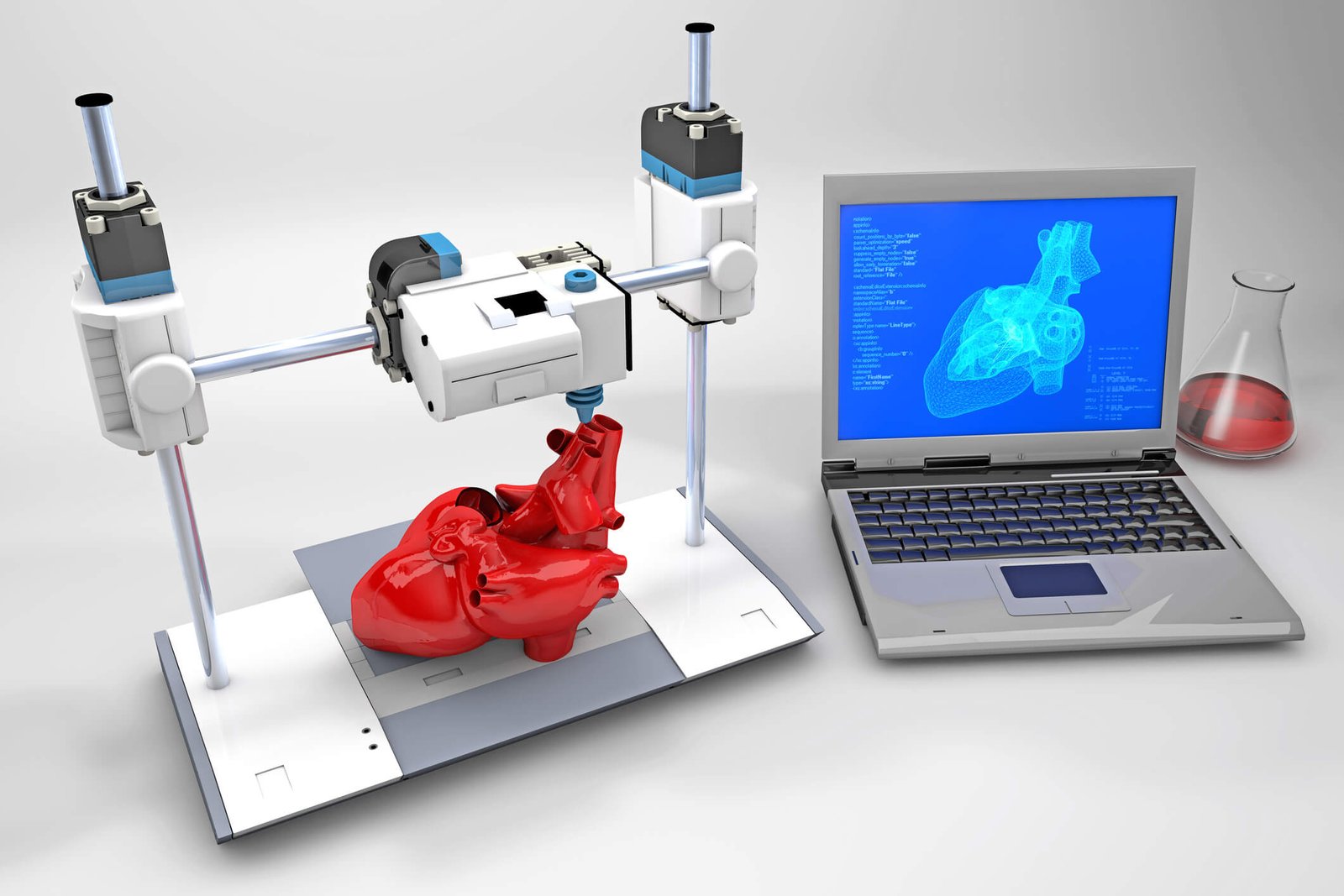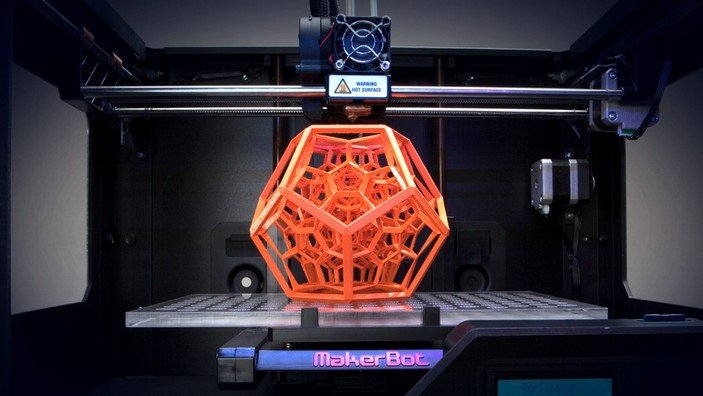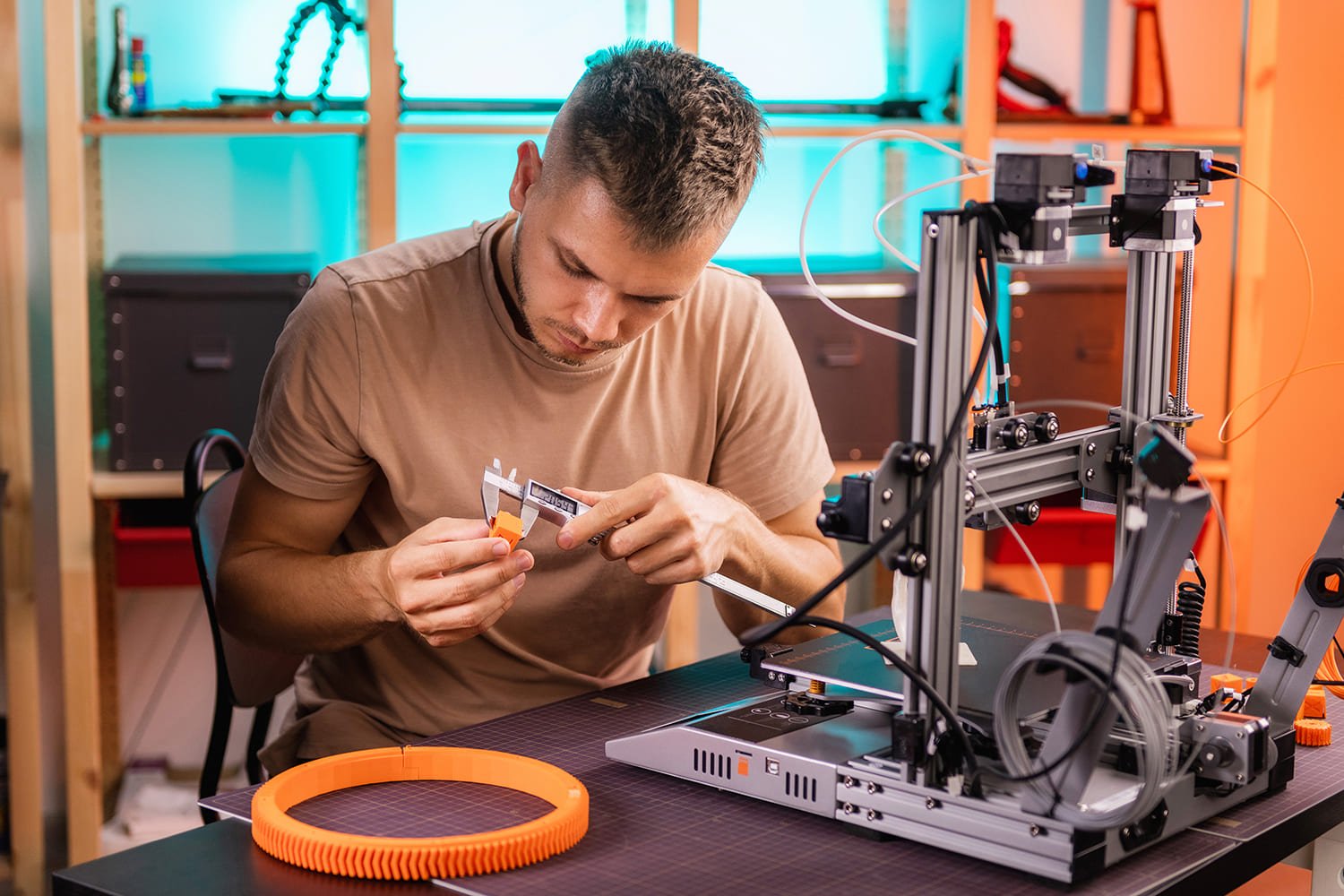3D printing technology has made huge advancements in recent years, transforming industries and everyday life. Understanding the top 3D printing trends will help you stay ahead in this fast-evolving field. From healthcare to architecture, the potential of 3D printing continues to grow. In this article, we’ll explore the most exciting trends in 3D printing and how they are changing the world.
1. Sustainability in 3D Printing
One of the top 3D printing trends today is the push for more sustainable practices. As the world becomes more environmentally conscious, 3D printing is evolving to support eco-friendly materials and methods. Many companies are now focusing on using recycled plastics, biodegradable filaments, and other green materials for printing. This helps reduce waste and the carbon footprint associated with traditional manufacturing processes.
Furthermore, 3D printing allows for precise material usage, meaning less material is wasted during production. This trend is especially important in industries like fashion, automotive, and construction, where sustainability is becoming a key priority.
2. Metal 3D Printing
Another major trend is the growth of metal 3D printing. Traditionally, 3D printing was mostly limited to plastics, but recent advancements in metal 3D printing have made it possible to print with stronger materials. Industries such as aerospace, automotive, and healthcare are benefiting from the ability to create high-strength, complex metal parts.
With metal 3D printing, companies can produce custom parts with less material waste and faster turnaround times. This trend is also revolutionizing prototyping, as designers can now quickly test and modify metal designs before mass production. As metal 3D printing becomes more accessible, it is expected to play a huge role in the future of manufacturing.
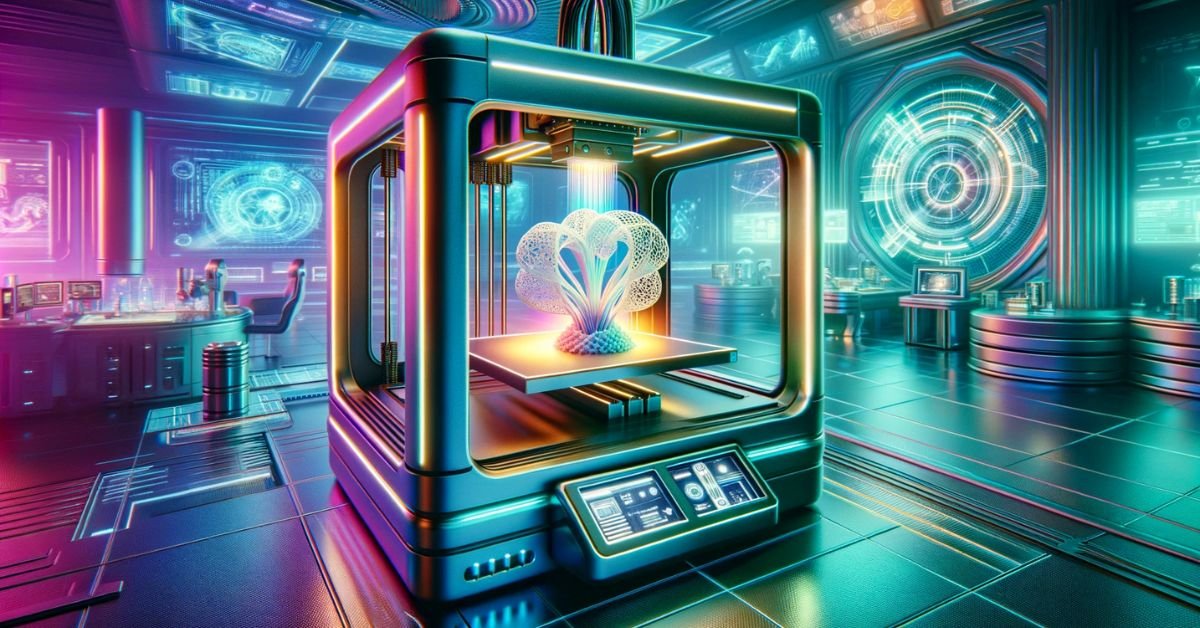
3. 3D Printing in Healthcare
The healthcare industry is one of the top fields benefiting from 3D printing. Over the years, medical professionals have found various uses for 3D printing in healthcare. From creating customized prosthetics and implants to printing 3D models of organs for surgery planning, the impact is significant.
Moreover, 3D bioprinting is another exciting trend. This technology involves printing with biological materials to create tissue-like structures. While it’s still in the early stages, it holds the promise of revolutionizing organ transplantation and regenerative medicine. As this technology improves, the potential to create custom medical devices and personalized treatments will only grow.
4. 3D Printing for Customization
Customization is another major 3D printing trend. Consumers and industries alike are increasingly looking for personalized products that suit their exact needs. With 3D printing, customization has never been easier. Whether it’s tailored clothing, jewelry, or even custom-fit furniture, 3D printing makes it possible to create unique items with precision.
In addition to personal items, businesses can also use 3D printing to create customized solutions for specific challenges. For example, architects can use 3D printing to create unique building designs that meet specific customer preferences. Customization through 3D printing offers limitless possibilities in design and manufacturing.
5. 3D Printing in Architecture and Construction
3D printing is making waves in the field of architecture and construction, another of the top 3D printing trends. Architects are using 3D printers to design and build models with intricate details and complex structures. This helps reduce construction time and allows for greater creativity in design.
Additionally, 3D printing is increasingly being used in actual construction, with companies printing building materials and even entire homes. This method, known as 3D printed construction, is gaining popularity for its cost-effectiveness, speed, and ability to use sustainable materials. As the technology continues to improve, we can expect to see more buildings and structures printed with 3D technology.
6. Faster and More Efficient Printing
As 3D printing trends evolve, manufacturers are focusing on making the printing process faster and more efficient. Traditional 3D printing can be slow, especially for large objects. However, new innovations like continuous printing and multi-material printing are improving the speed and capabilities of 3D printers.
For example, new 3D printers are capable of printing multiple materials at once, reducing the time required to print complex objects. This is a game-changer for industries like automotive and aerospace, where parts often require different materials for strength, flexibility, and durability. With these advancements, 3D printing will become even more integrated into mass production processes.
7. 3D Printing in Education
The final 3D printing trend we’ll cover is its increasing use in education. Teachers and students are discovering the value of 3D printing in learning environments. By allowing students to create their own models and prototypes, 3D printing fosters creativity and hands-on learning.
In engineering and design courses, 3D printers are becoming essential tools for creating prototypes and testing ideas. Students can visualize concepts in a more tangible way, enhancing their understanding of complex subjects. As the technology becomes more affordable, more schools and universities are incorporating 3D printing into their curriculums.
Conclusion
In conclusion, the top 3D printing trends are reshaping the way we design, create, and produce. From sustainability and metal printing to healthcare advancements and custom solutions, 3D printing is transforming various industries. As the technology continues to improve, it will open up even more possibilities for innovation and efficiency. Whether in construction, healthcare, or education, the impact of 3D printing is undeniable.
To stay ahead in this rapidly evolving field, it’s essential to keep an eye on these trends. The future of 3D printing is bright, and it promises to continue changing the way we create and interact with the world around us.

